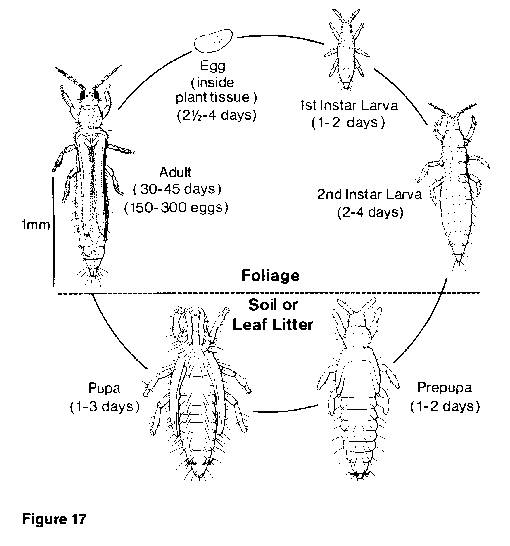Stoner Bob
Member
Here is a few clips I have. I super glued my camera to the top eyepeice, and inspected this pinch of soil on the slide for about 10 minutes, trying to keep them in focus and hand holding a mini mag light aside the sample to light it up.. I clipped out the parts with life. In one part (~0:25) you can see the thing disappear as if it jumped. I've read that thrips leap.
I noticed things moving on my soil after watering yesterday. To buy some time, I;ve put down some DE on top of the soil, until I figure out a natural insecticide to get locally or online. I've had bad luck trying to find Safer Insect soap locally, maybe I'm just looking in the wrong places.
anyone have luck finding natural insecticides in Homie Depot, Lowes, Artmstrong garden centers, or Orchard Supply Hardware?
Nevermind
I noticed things moving on my soil after watering yesterday. To buy some time, I;ve put down some DE on top of the soil, until I figure out a natural insecticide to get locally or online. I've had bad luck trying to find Safer Insect soap locally, maybe I'm just looking in the wrong places.
anyone have luck finding natural insecticides in Homie Depot, Lowes, Artmstrong garden centers, or Orchard Supply Hardware?
Nevermind
Last edited by a moderator:




